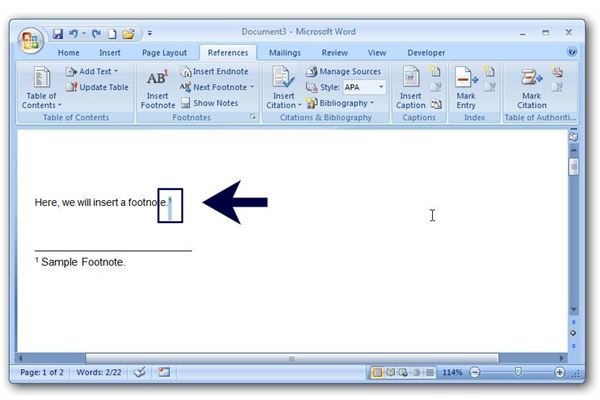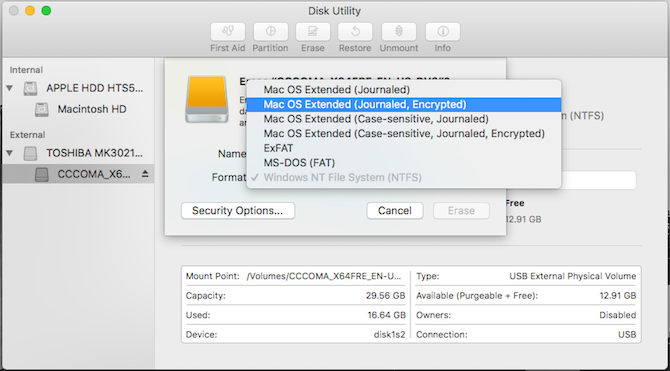Microsoft Word For Mac Footnotes

Mar 05, 2020 Microsoft Word is so comprehensive that it's easy to expect that it can do anything we want, but it doesn't always deliver. One of those instances is adding footnotes to a table.
- Mar 19, 2020 Question Info. With your document open in Word, choose ViewDraft. Choose the View menu again and select Footnotes. A separate Footnotes pane opens at the bottom of the Word window. The Footnotes pane includes a dropdown that defaults to All Footnotes. Change this to Footnote Separator.
- When Word is in Print Layout view, you’re instantly whisked to the bottom of the page (footnote) or the end of the document (endnote), where you type the footnote or endnote. In Draft view, a special window near the bottom of the document opens, displaying footnotes or endnotes.
- Editing a document can, at times, be hard work. It isn't made easier if you feel that Word is 'fighting' you on some tasks, like deleting footnotes. If you make a footnote deletion and the remaining footnotes don't renumber, there are a few things you can (and should) check out.
Whether you're writing a report that needs references to other sources, doing research for the next great Hemingway-esque novel, or just creating a printed list to organize and navigate your ridiculous collection of vintage hats — with references to where you purchased them, as well as outfit pairing suggestions — Microsoft Word 2016 for Windows has a number of 'reference' features that make it easy to insert footnotes and endnotes quickly.
How to add a footnote in Microsoft Word
Before getting into the tutorial, a definition of 'footnote' could be useful, to help explain when and where you want to use them. Here's a definition, from Dictionary.com:
- An explanatory or documenting note or comment at the bottom of a page, referring to a specific part of the text on the page.
- A minor or tangential comment or event added or subordinated to a main statement or more important event.
Here's how to add a footnote in Word 2016 for Windows:
- Navigate to the location in your document where you want to add a footnote.
Click the References tab at the top of your Word display. (It's the seventh tab in from the left.)
Click the tiny box in the bottom-right corner of the FootnotesCollege student microsoft office mac. tab, to customize your footnote settings. (The box looks like an arrow pointed down and to the right at a 45-degree angle.)
- In the Location box, make sure the circle next to Footnotes is filled in, and the in the corresponding drop-down menu, choose whether you want your footnotes to appear at the Bottom of page or Below text.
- In the Footnote layout section, click to open the drop-down menu next to Columns and choose the number of columns you'd like to use for footnotes. If you choose 3 columns your footnotes automatically break into three evenly-spaced columns, and subsequent footnotes stack on top of each other, in the three-column format.
- The Format section lets you change the footnote numbering scheme from digits to letters; use custom marks for numbering; and customize the way you otherwise organize footnotes.
- After you choose all the footnote settings you want, click the Apply button to save the changes.
When you're ready to insert your first footnote, again make sure your cursor is in the proper position on the page, and in the Footnotes box, within the References tab, hit Insert Footnote.
- A new footnote appears either at the bottom of your page or directly below your text, based on your settings, and you can begin typing your footnote immediately. Click anywhere else on the page to 'save' the footnote.
- You can edit existing footnotes at any time by navigating to them and then clicking within the text.
- When you're ready to create an additional footnote on the same page, repeat the steps above. Subsequent footnotes appear below previous footnotes at the bottom of the page, or directly below the corresponding text, based on your settings.
How to add an endnote in Microsoft Word
What exactly is an 'endnote,' and when should you use one? From Dictionary.com:
a note, as of explanation, emendation, or the like, added at the end of an article, chapter, etc.
So while footnotes are used to provide quick, as-you-go information throughout a document, and endnote should be used to provide pertinent information at the finish, or 'end,' of a document, to provide some sort of context or conclusion, not unlike a form of written punctuation.
Here's how to add endnotes in Word 2016:
Microsoft Word 2010 Footnote Formatting
- Click the References tab at the top of your Word display. (It's the seventh tab in from the left.)
Click the tiny box in the bottom-right corner of the Footnotes tab, to customize your endnote settings. (The box looks like an arrow pointed down and to the right at a 45-degree angle.)
- In the Location box, make sure the circle next to Endnotes is filled in.
- The Format section lets you change the endnote numbering scheme from digits to letters, use custom marks for numbering, and customize the way you organize endnotes.
- After you choose all the endnotes settings you want, click the Apply button to save the changes.
When you're ready to insert an endnote, again make sure your cursor is in the proper position on the page, and in the Footnotes box, within the References tab, hit the Insert Endnote button.
- You can add multiple endnotes, and place them throughout your documents, but they'll all appear on the final page at the end of your text. This is unlike footnotes, which appear on the same pages to which you add them.
More Microsoft Word and Office tutorials
For more Microsoft Word help, how-tos and tutorials, read:
Or check out our full Office 101 page:
Microsoft Word For Mac Footnotes Pdf
Make Meetings FunMicrosoft now lets you spice up your Teams calls with custom backgrounds
With more people now working from home, Microsoft is beefing up Teams with several new features. One of the biggest is the ability to add custom backgrounds during video calls to add a little fun to the experience.
